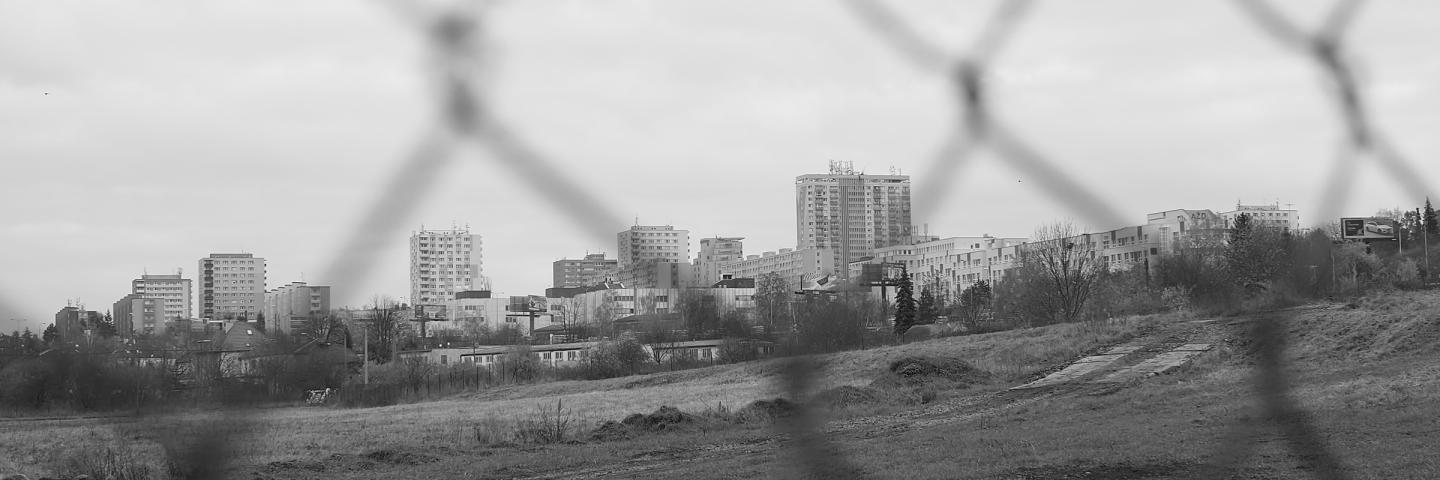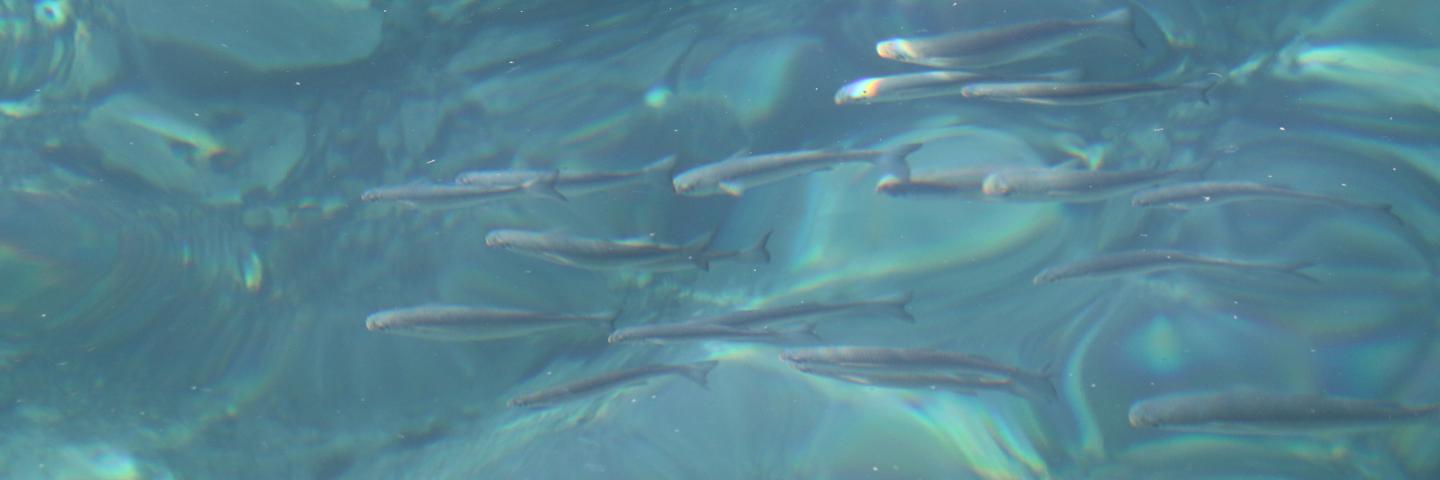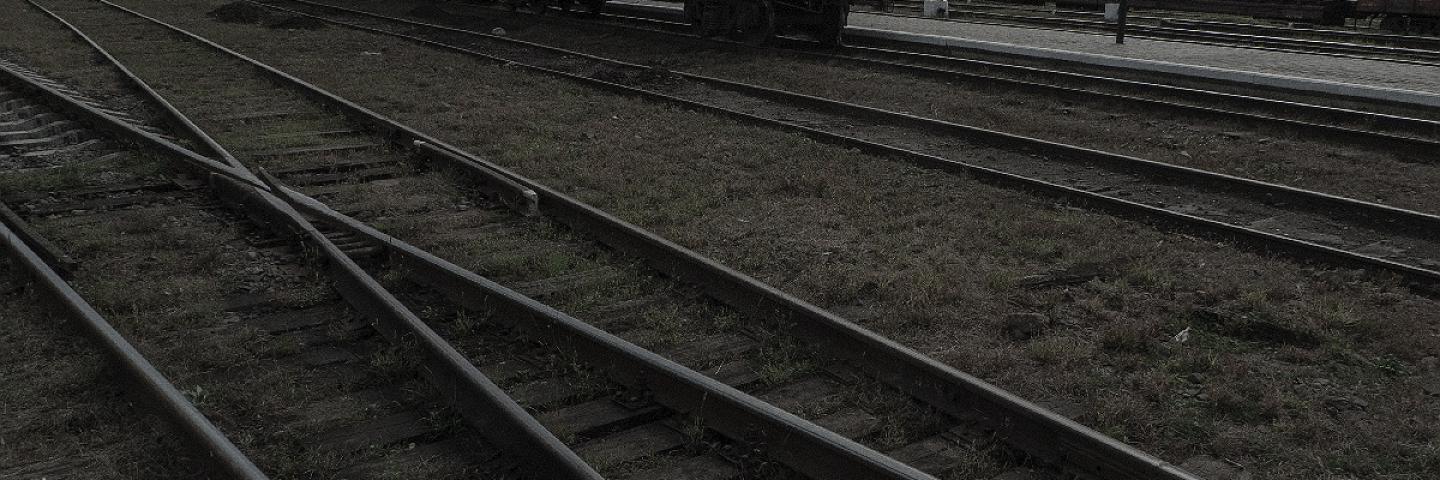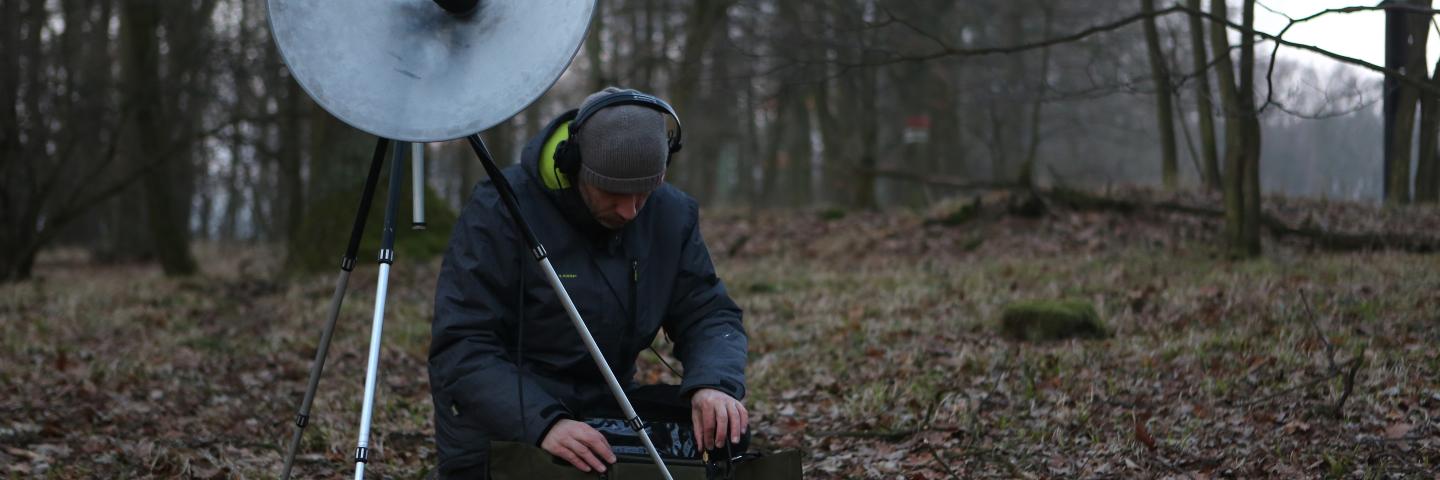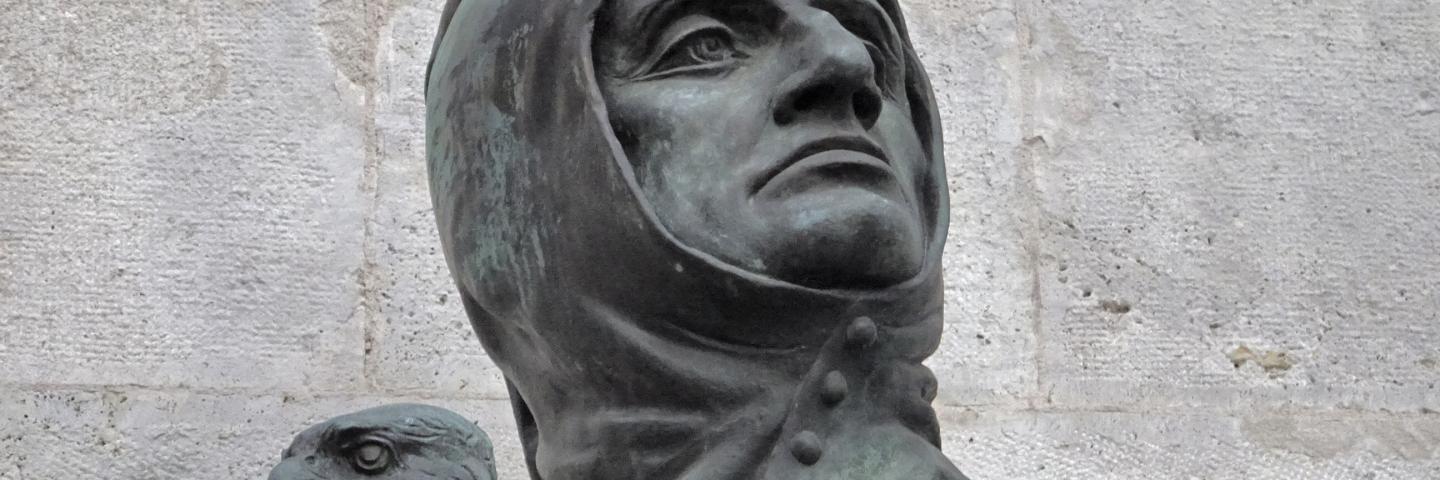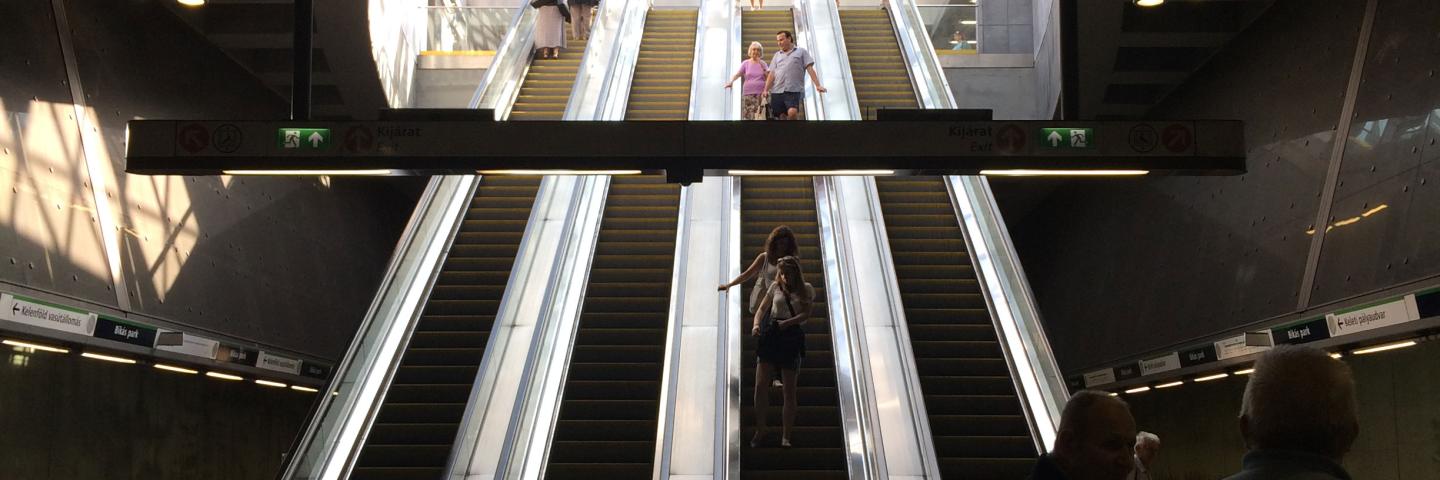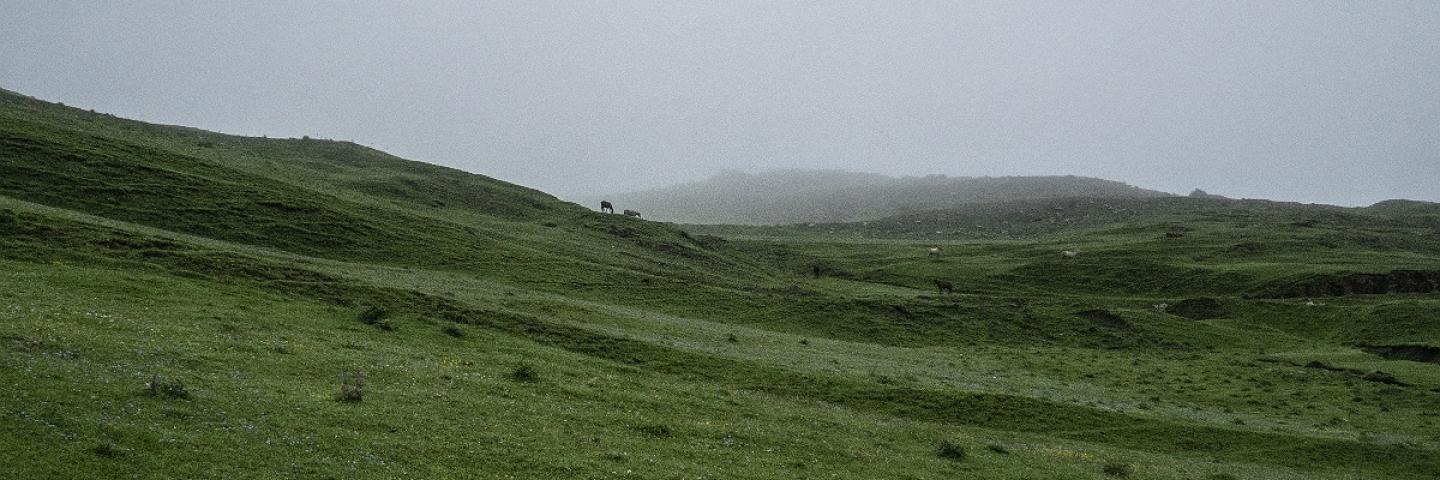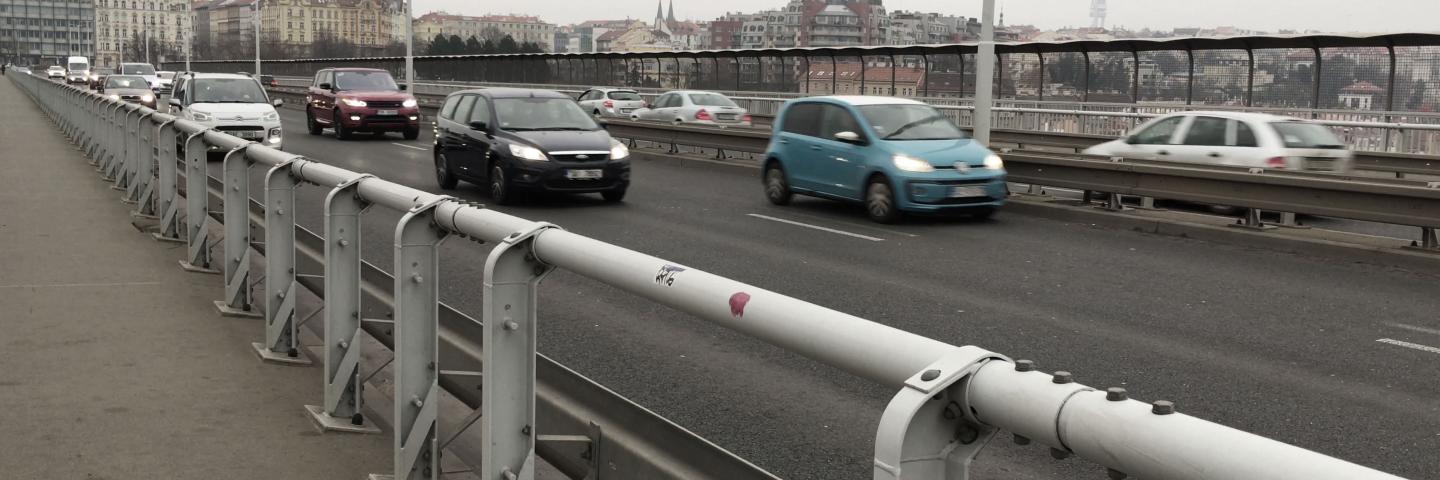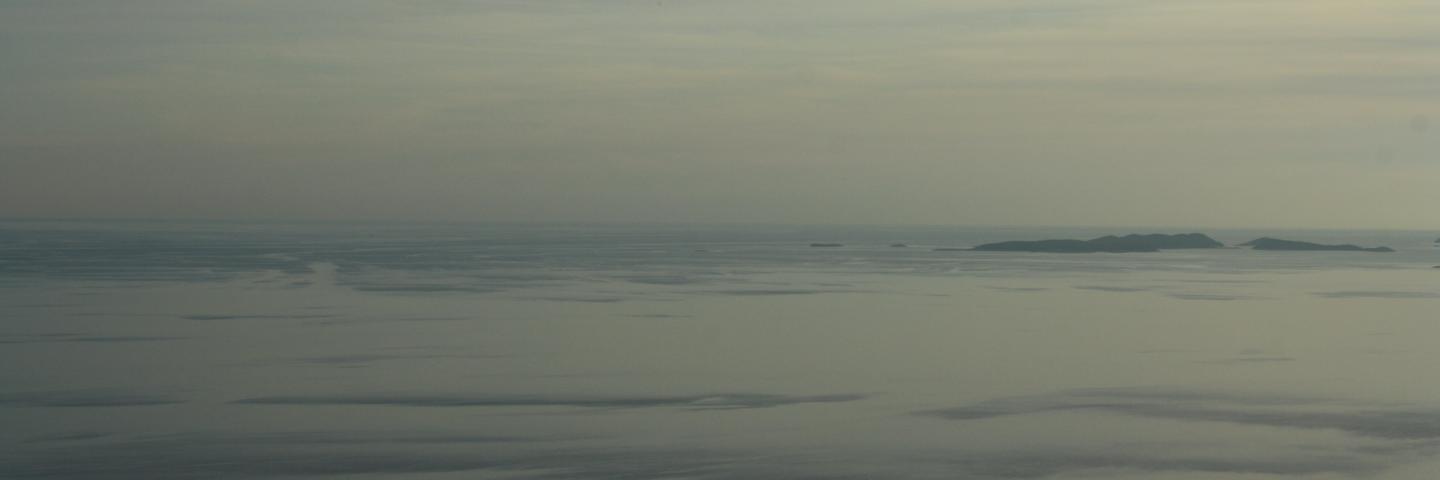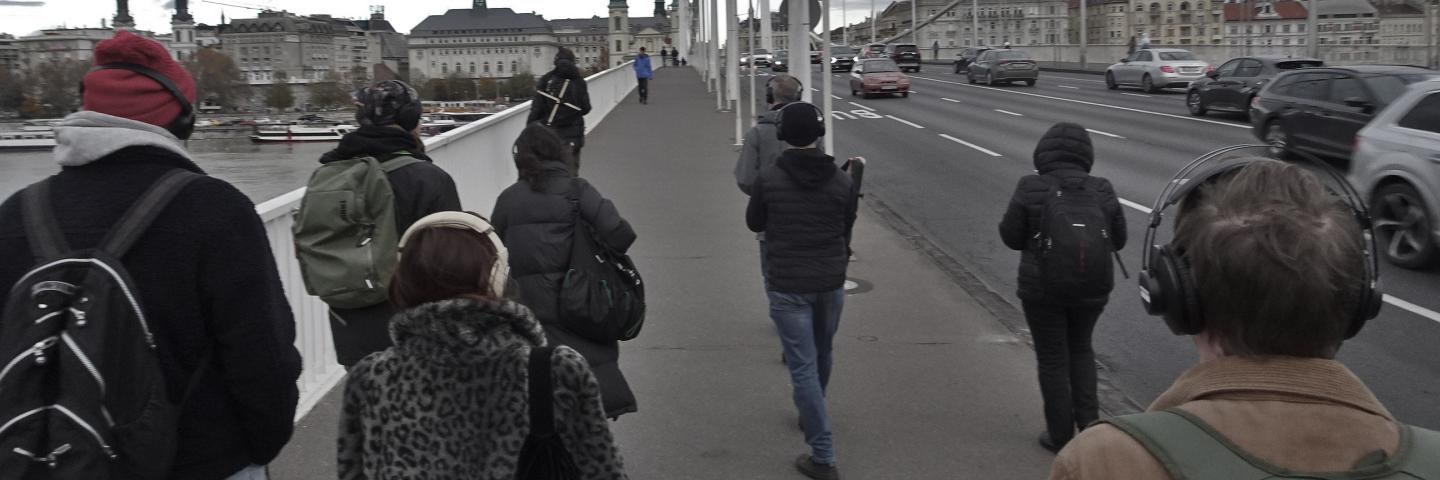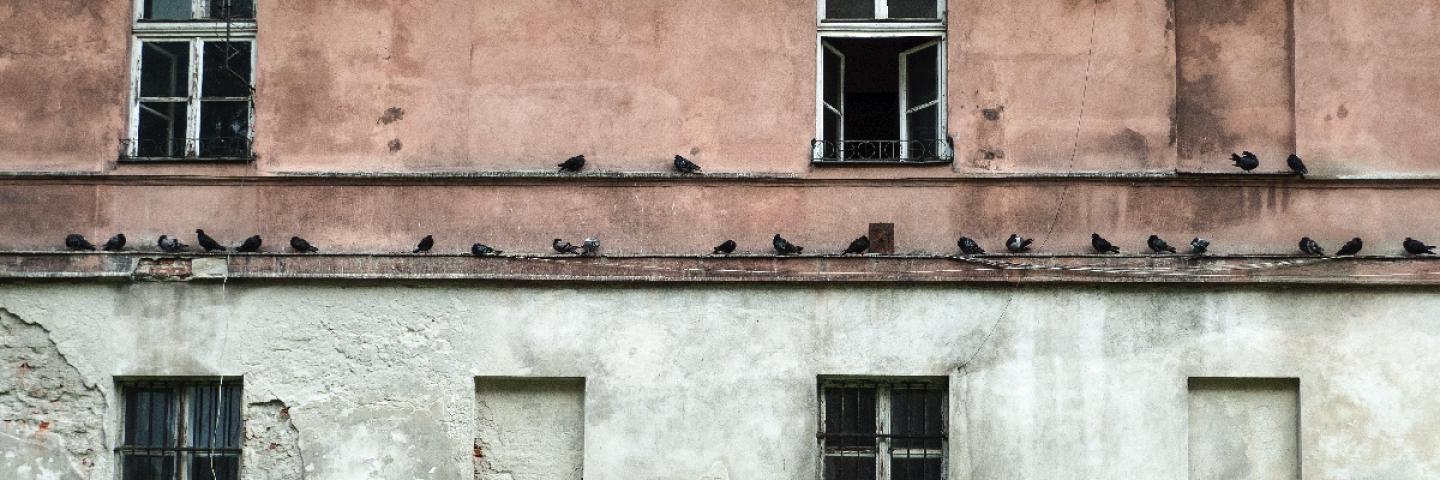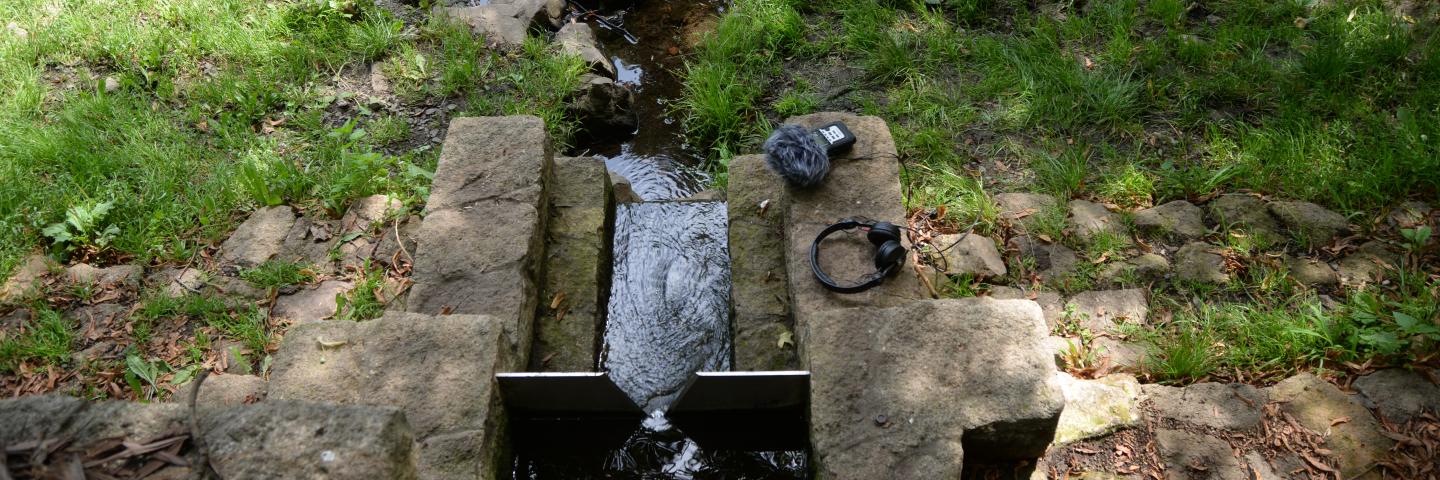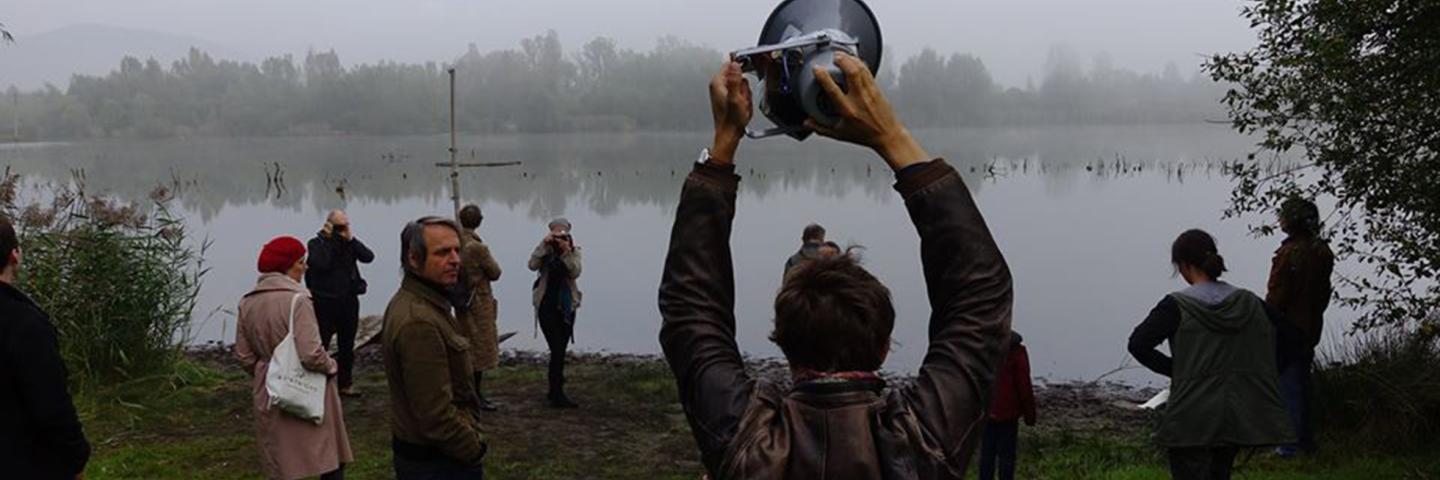Ear Trumpets’ Afterlives in the Era of Electricity and Electronics
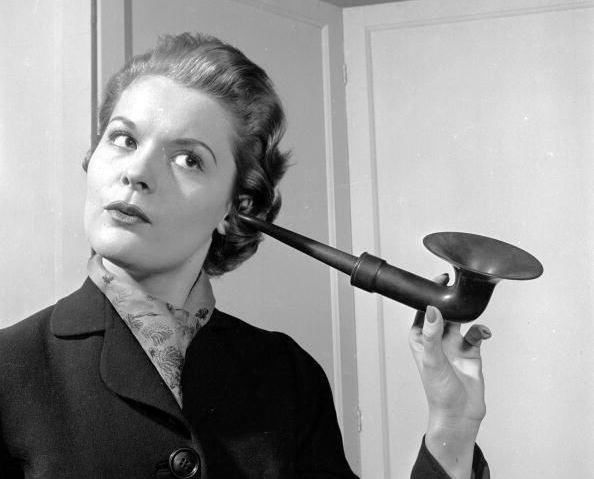
Follow the zoom link to attend the seminar.
Magdalena Zdrodowska
Spring Seminar 2021
Throughout the 19th century ear trumpets became the most popular and in fact the only technical solution for deaf people. They merged with the behavior regarded as typical for the deaf such as misinterpretations and communicational loss, therefore ear trumpets turned into a social stigma. They became objects that were bashfully hidden by users. In the 20th century however ear trumpets’ image as well as functions changed as they were substituted with modern, electric and later electronic hearing prostheses. These acoustic hearing aids became antiquated but they did not vanish – they have relocated within the technological and cultural domains. In the presentation I will consider ear trumpets’ afterlife in the 20th and 21st century using the object oriented analysis, interviews, discourse analysis of advertisements, and documents from British National Archives and Thackray Museum of Medicine in Leeds.
Magdalena Zdrodowska – assistant professor in the Department of Audiovisual Arts, Jagiellonian University, Poland. She is interested in the complex and mutual relations between technology and non-hearing. Her research work is grounded in film and media studies, deaf and disability studies, and history of technology. Her book Telephone, cinema, and cyborgs. Mutual relations between technology and deafness (in Polish: Telefon, kino i cyborgi. Wzajemne relacje niesłyszenia i techniki) will be published in June 2021.
In the second part of our seminar Matěj Frank - visual artist based in Vienna, Chudobín and Wroclaw - will describe his sound sculptures and his works with ear trumpets.
Matěj Frank (CZ) is a visual artist, usually being on the way between Vienna (AT), Chudobín (CZ) and Wroclaw (PL). In his interdisciplinary work, Frank explores the space through sculptures, spatial projects and sound installations and depicts time through processual drawings and durational performances. An important aspect of his work is capturing gradual transformations while keeping the simplicity of the form and/or process. As a member of the cultural association Bludný kámen (CZ), Frank organizes exhibitions of contemporary art and intermedia projects. Currently, he teaches at the Sculpture department at the Eugeniusz Geppert Academy of Art and Design in Wroclaw (PL).
In recent years, Frank realized several listening sculptures, usually titled Monologue. These interactive objects serve as acoustic amplifiers of „small sounds“ in their surroundings. Similar objects were originally used on a larger scale as acoustic locators in the pre-radar era to locate enemy aircraft, and on a smaller scale as simple hearing trumpets. Frank placed his sculptures in various contexts and environments, in nature as well as in urban areas and gallery spaces.
